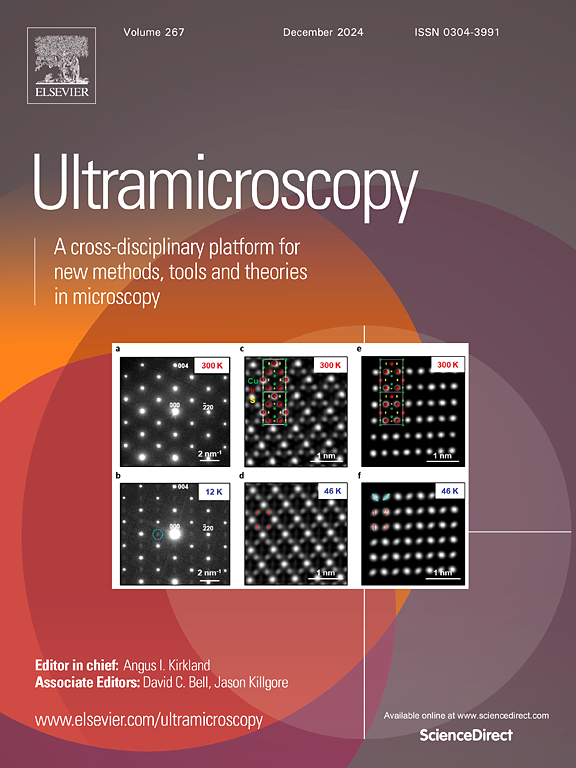Opportunities and challenges to determine surface free energy of chocolates on microscopic scale from atomic force microscopy adhesion measurements
IF 2
3区 工程技术
Q2 MICROSCOPY
引用次数: 0
Abstract
Surface free energy (SFE) is an important surface property in food processing as it determines the wettability of solid surfaces or the interaction of mould surfaces and chocolate during the moulding process. High-resolution information about SFE could be useful to understand gloss inhomogeneities of chocolates after de-moulding. SFE is connected with adhesion properties. Thus, Atomic force microscopy (AFM) adhesion measurements can be applied to determine SFE of a solid surface at microscopic scale. For this purpose, AFM tips were functionalized to modify their SFE and used for adhesion measurements at three different chocolate gloss areas (matt, glossy and homogenous) via AFM force maps. Influence of relevant parameters such as surface roughness, contact area, relative humidity, and SFE of functionalized tips was considered. Two different mathematical approaches based on Johnson-Kendall-Roberts theory were used to calculate SFE from adhesion values. The measured adhesion values showed variations depending on functionalized tip and chocolate gloss area. The results showed a difference in adhesion and, consequently, SFE in the different gloss areas with gloss > homogenous > matt. However, SFE obtained from adhesion forces were not decisive enough to enable a direct correlation with SFE data from contact angle measurements at the same area.
原子力显微镜黏附测量在微观尺度上测定巧克力表面自由能的机遇与挑战
表面自由能(SFE)在食品加工中是一项重要的表面性能,它决定了固体表面的润湿性或成型过程中模具表面与巧克力的相互作用。高分辨率的SFE信息有助于了解脱模后巧克力的光泽不均匀性。SFE与粘附性能有关。因此,原子力显微镜(AFM)粘附测量可以应用于确定微观尺度的固体表面的SFE。为此,AFM尖端被功能化以修改其SFE,并通过AFM力图用于三种不同巧克力光泽区域(亚光,光滑和均匀)的附着力测量。考虑了功能化针尖表面粗糙度、接触面积、相对湿度和SFE等相关参数的影响。采用基于Johnson-Kendall-Roberts理论的两种不同的数学方法从附着值计算SFE。所测附着力值随功能化尖端和巧克力光泽面积的变化而变化。结果显示附着力和SFE在不同光泽度区域的差异,光泽度>;同质比;马特。然而,从附着力获得的SFE并不具有决定性,无法与同一区域接触角测量的SFE数据直接相关。
本文章由计算机程序翻译,如有差异,请以英文原文为准。
求助全文
约1分钟内获得全文
求助全文
来源期刊

Ultramicroscopy
工程技术-显微镜技术
CiteScore
4.60
自引率
13.60%
发文量
117
审稿时长
5.3 months
期刊介绍:
Ultramicroscopy is an established journal that provides a forum for the publication of original research papers, invited reviews and rapid communications. The scope of Ultramicroscopy is to describe advances in instrumentation, methods and theory related to all modes of microscopical imaging, diffraction and spectroscopy in the life and physical sciences.
 求助内容:
求助内容: 应助结果提醒方式:
应助结果提醒方式:


